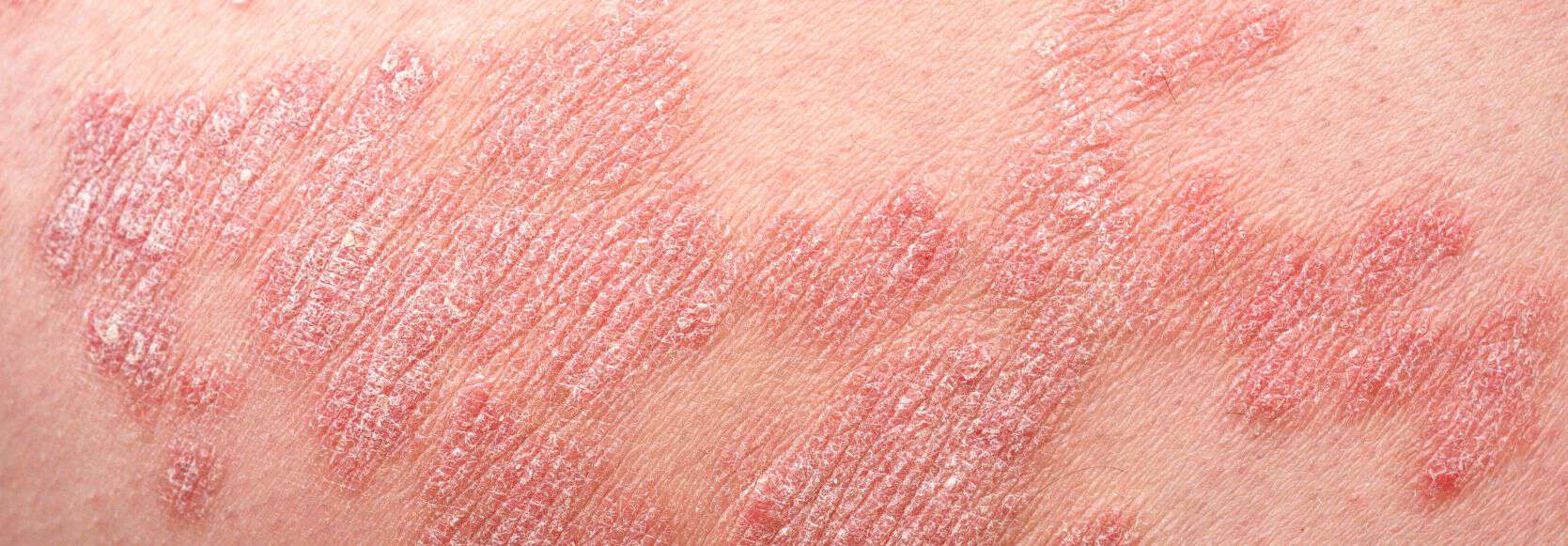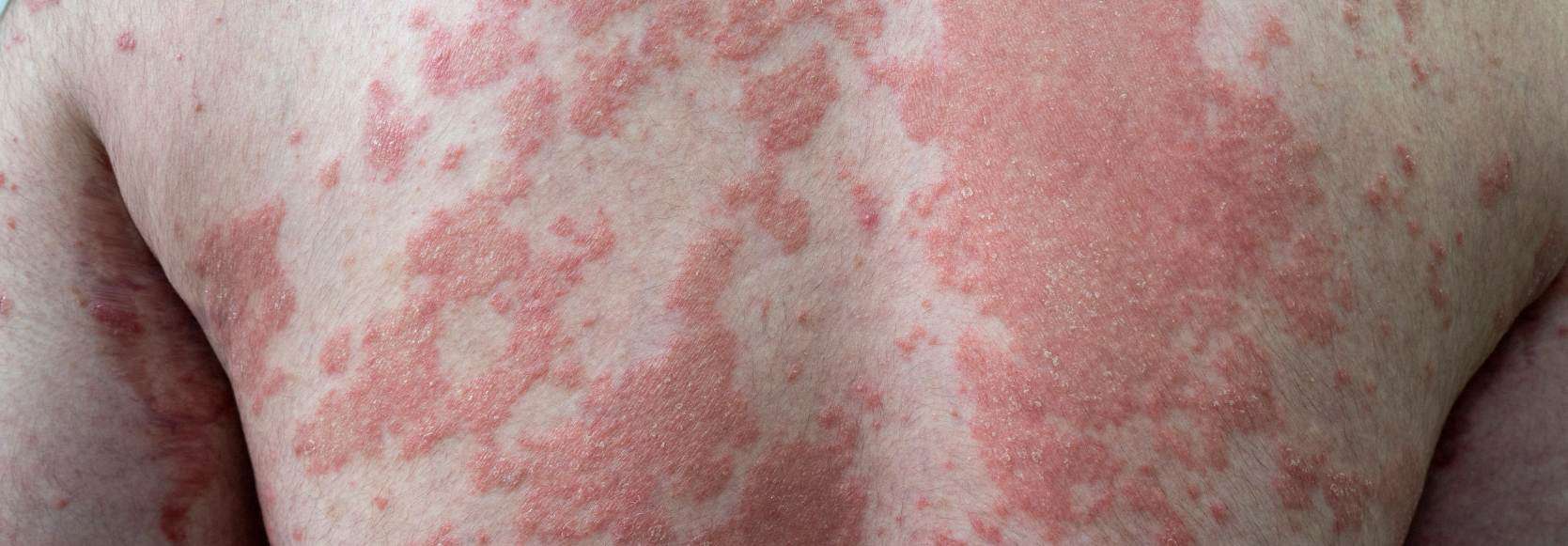Understanding the Shift: Summer to Autumn Skincare
Switching from the summer warmth to the chill of autumn significantly impacts your skin. Cooler temperatures and lowered humidity bring drier air, which could aggravate existing skin problems. Moreover, increased indoor heating and fluctuating temperatures could deprive your skin of its natural moisture, leading to discomfort.
Grasping how these seasonal changes influence your skin is imperative. In summer, your skin generally produces more oil due to the heightened heat and humidity. However, this natural oil production decreases with the onset of autumn, potentially causing moisture loss and numerous skin problems. Modifying your skincare routine to protect against these changes is essential.
In this section, we will delve into the common skin issues that surface during autumn, how to identify them and methods to maintain your skin’s prime health. From managing acne to controlling rosacea, we cover all the information necessary for comprehensive skin care during this transitional period.
Typical Autumn Skin Conditions
Eczema (Atopic Dermatitis)
Eczema symptoms often intensify during the fall. The dry, cold air coupled with indoor heating can lead to severe itching and skin irritation. To comfort eczema-prone skin, use hypoallergenic, unscented moisturisers to preserve hydration. Your bathing habits also matter. Keep your showers short and the water lukewarm to avoid stripping your skin of its natural oils. Post-shower, pat your skin dry gently and immediately apply a moisturiser to lock in hydration.
Identifying and avoiding triggers such as harsh soaps or woollen fabrics are vital. Keeping a record of flare-ups may help you pinpoint specific elements that exacerbate your symptoms, allowing you to take preventive measures.
Rosacea
Temperature fluctuations in autumn can precipitate rosacea flare-ups, characterised by facial redness and visible blood vessels. Safeguard your skin by using gentle, hydrating products and steering clear from triggers like hot beverages and spicy foods.
Sun exposure can also worsen rosacea symptoms, so applying sunscreen in autumn is vital. Choose mineral sunscreens containing zinc oxide or titanium dioxide, as these are less irritating for sensitive skin.
Psoriasis
Autumn can be challenging for individuals with psoriasis. The lack of sunlight and dry conditions can spark flare-ups, leading to red and scaly skin patches. Regular moisturising and medicated creams prescribed by a dermatologist can help manage the symptoms.
Stress relief plays a significant role in managing psoriasis. Incorporating relaxation techniques like yoga, meditation or deep breathing can reduce physical and emotional stress, decreasing flare-up frequency and intensity.
Consider adding omega-3 supplements to your diet. These fatty acids have anti-inflammatory properties that can benefit people with psoriasis. Always consult a healthcare provider before introducing supplements into your routine.
Scalp Psoriasis
Scalp psoriasis can become more noticeable in the fall. Dry air can worsen itching and flaking symptoms. A specialised shampoo containing coal tar or salicylic acid can help mitigate these symptoms. Avoid scratching as it can aggravate the condition.
In addition to topical treatments, regular hair care practices can make a difference.
Choose gentle shampoos and conditioners that won’t irritate your scalp further. When styling your hair, minimise heat usage and avoid tight hairstyles that can cause friction.
Maintaining a balanced diet and staying hydrated are vital for scalp health. Foods rich in Vitamin D, zinc and antioxidants can improve your skin’s health from within.
Acne Breakouts
Autumn can be challenging for those prone to acne as dry air and indoor heating frequently lead to clogged pores and breakouts. The skin might produce excess oil to counter the dryness, leading to pimples. Using a mild cleanser and incorporating salicylic acid or benzoyl peroxide into your routine is crucial for acne control.
Hormonal imbalances and stress, which can increase during this season, are also contributing factors. A regular skincare routine is crucial, even if your skin feels drier than usual. Opt for non-comedogenic moisturisers that won’t clog pores and emphasise hydration.
Beyond topical treatments, pay attention to your diet. A diet rich in antioxidants and omega-3 fatty acids can reduce inflammation and promote clearer skin. Include various fruits, vegetables and nuts in your diet for a holistic approach to acne management.
Contact Dermatitis
Autumn fashion often includes layering, which can lead to contact dermatitis in those with sensitive skin. Be aware of potential irritants like wool and nickel. Choose breathable, soft materials to avoid irritation.
Identify possible allergens and irritants in your surroundings and skincare products. Conducting a patch test on new products before full application can help avoid adverse reactions. Also, opt for hypoallergenic and unscented products to minimise the risk of contact dermatitis.
Consult a dermatologist for a tailored skincare plan if you encounter persistent irritation. They can suggest suitable treatments and assist in identifying specific triggers causing your contact dermatitis.
Hives and Cold Urticaria
Cold weather can provoke hives and cold urticaria in some individuals. These red, itchy welts appear when the skin is exposed to cold temperatures. To prevent this, dress warmly, protect exposed skin and steer clear of sudden temperature changes.
Antihistamines can help manage symptoms if hives occur. Seek professional healthcare advice if you experience severe reactions or if your symptoms persist despite taking preventative measures.
Consider using barrier creams or ointments when facing harsh environmental conditions. These products form a protective layer on the skin, reducing the risk of hives or cold urticaria.
Prevention Tips
Countering the Impact of Indoor Heating on Skin
Indoor heating can drain the skin’s moisture, leaving it dry and tight. Consider investing in a humidifier to maintain a balanced indoor humidity level and prevent skin from drying out. Also, remember to hydrate yourself.
Spritzing hydrating facial mists can offer an instant moisture boost throughout the day. These mists can be applied over makeup and are a handy method to refresh your skin without disrupting your routine.
Consider revising your skincare regimen to incorporate hydrating serums or essences that reach deeper skin layers. These products provide essential nutrients and hydration, helping maintain a radiant and healthy complexion.
The Crucial Role of Moisturisers and Picking the Right Formula
Moisturising is critical in autumn to counter the effects of dry air and indoor heating. Opt for thicker creams or ointments, which offer a more robust barrier against moisture loss. Look for ingredients like hyaluronic acid and ceramides to preserve hydration.
Apply a moisturiser immediately after cleansing while your skin is damp for maximum absorption. Pay special attention to areas prone to dryness, such as elbows, knees and hands to keep them soft and smooth.
Experiment with different textures and formulations to find the best suits your skin. Consider carrying a small moisturiser for touch-ups throughout the day, especially if you’re frequently exposed to dry environments.
Diet, Hydration and Skin Health: The Relationship
Your skin’s health is a reflection of your nutritional intake. Include antioxidant-loaded, vitamin-rich and foods with healthy fats in your diet to nourish your skin internally. Berries, leafy greens, nuts and fish are excellent choices for a vibrant complexion.
Hydration is essential for maintaining skin elasticity and avoiding dryness. Aim to drink at least eight glasses of water a day and consider herbal teas or infused water for additional hydration benefits.
Consulting with a Dermatologist: Professional Advice
Consult with a dermatologist if you experience persistent or worsening skin issues during autumn. They can provide personalised advice and treatment plans tailored to your concerns, ensuring your skin remains healthy and vibrant.
Autumn is a time of change and your skincare routine should adapt accordingly. By understanding the effects of seasonal changes on your skin and implementing preventative strategies, you can show off a radiant complexion all season long.












